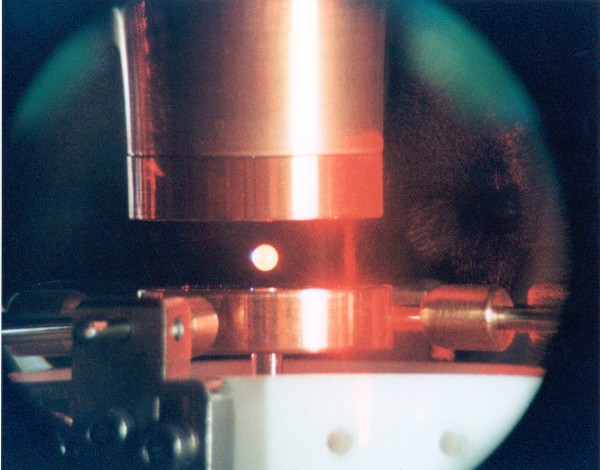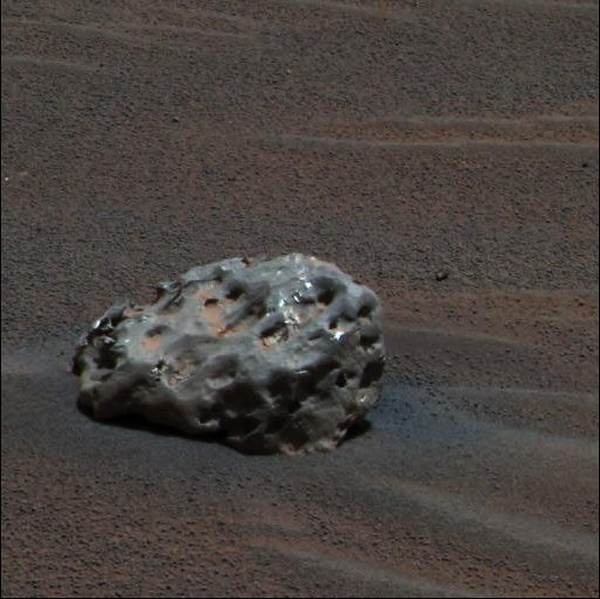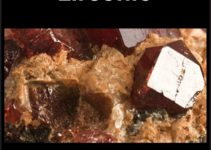
Uma gota de 3mm de níquel–zircônio, é aquecida até a incandescência, e flutua entre placas carregadas dentro do ´Electrostatic Levitator´(ESL). O ESL usa eletricidade estática para suspender o objeto (em torno de 2-3 mm de diâmetro) dentro de uma câmara a vácuo, enquanto que um laser aquece a amostra até ela fundir. Isto permite aos cientistas o registro de uma grande variedade de propriedades físicas sem o contato do container com a amostra ou qualquer instrumento, o que poderia alterar as medidas. O Electrostatic Livitator é uma das diversas ferramentas do programa de ciência dos materiais em microgravidade da NASA.
Imagem original em
https://images.nasa.gov/
Texto escrito por Prof. Dr. Luís Roberto Brudna Holzle (luisbrudna@gmail.com ).


